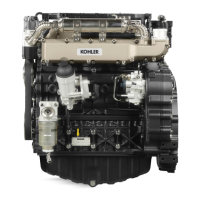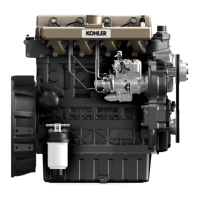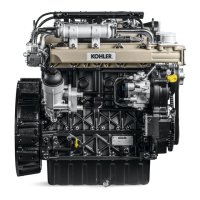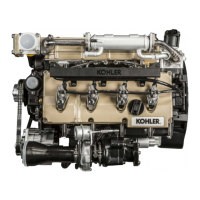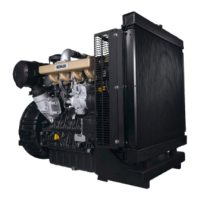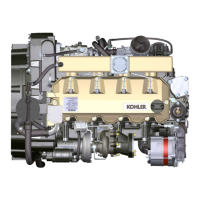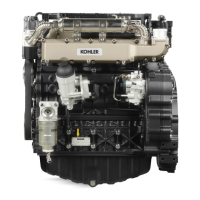2.5 Fuel
Important
Use of other types of fuel could damage the engine. Do not use dirty diesel fuel or mixtures of diesel
fuel and water since this will cause serious engine faults.
Any failures resulting from the use of fuels other than recommended will not be warranted.
Warning
Clean fuel prevents the fuel injectors from clogging. Immediately clean up any spillage during
refuelling.
Never store diesel fuel in galvanized containers (i.e. coated with zinc). Diesel fuel and the galvanized
coating react chemically to each other, producing flaking that quickly clogs filters or causes fuel
pump and/or injector failure.
2.3
EN 590 (biodiesel content max. 7% (V/V))
NATO F-54, equivalent to diesel fuel in accordance with EN 590
EN 590 or ASTM D 975 Grade 1, 2 -D S15 Arctic Diesel
NOTE : In a warranty case the customer must prove by a certificate from the fuel supplier that an allowed
fuel was used.
KDI Electronic Injection Tier 4 final – Stage IIIB – Stage IV- Stage V certified Engines
Those engines are designed for fuels in accordance with EN 590 and ASTM D975 for a cetane
number of at least 45. Since those engines are equipped with exhaust gas after-treatment such as
Diesel Oxidation Catalyst (DOC), Diesel Particulate Filter (DPF), Selective Catalytic Reduction
(SCR), they may only be operated with sulfur-free diesel fuels (EN 590, DIN 5168, ASTM D975
Grade 2-D S15, ASTM D975 Grade 1-D S15). Otherwise, compliance with the emission
requirements and durability are not guaranteed.
Insufficient lubricating capacity can lead to serious wear problems above all in common rail injection
systems. Too low a lubricating capacity is particularly a problem in fuels with a low sulfur content
(and in this respect sulfur contents ‹500 mg/kg can already be considered low). An adequate
lubricating capacity is guaranteed by the appropriate additives in low-sulfur (‹50 mg/kg) or sulfur-free
(‹10 mg/kg or ‹15 mg/kg) diesel fuels according to EN 590 and ASTM D 975. In low-sulpur and
sulfur-free diesel fuels which do not comply with this standard, the lubricating capacity may have to
be guaranteed by additives. The parameter for sufficient lubricating capacity is a maximum wear
spot of 460 micrometers in the HFRR test (EN ISO 12156-1).
KDI Electronic Injection Tier 3 – Stage IIIA emission equivalent certified Engines (EGR engines)
Those engines are designed for fuels in accordance with EN 590 and ASTM D975 for a cetane
number of at least 45. Since those engines are not equipped with exhaust gas after-treatment, they
can be operated with diesel fuels with sulfur content up to 500 mg/kg (ppm). Compliance with the
emission requirements is guaranteed only with sulfur content up to 350 mg/kg (ppm).
Fuels with a sulfur content > 50 mg/kg demand a shorter lubricating oil change interval. This is set at
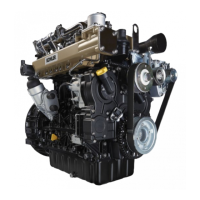
